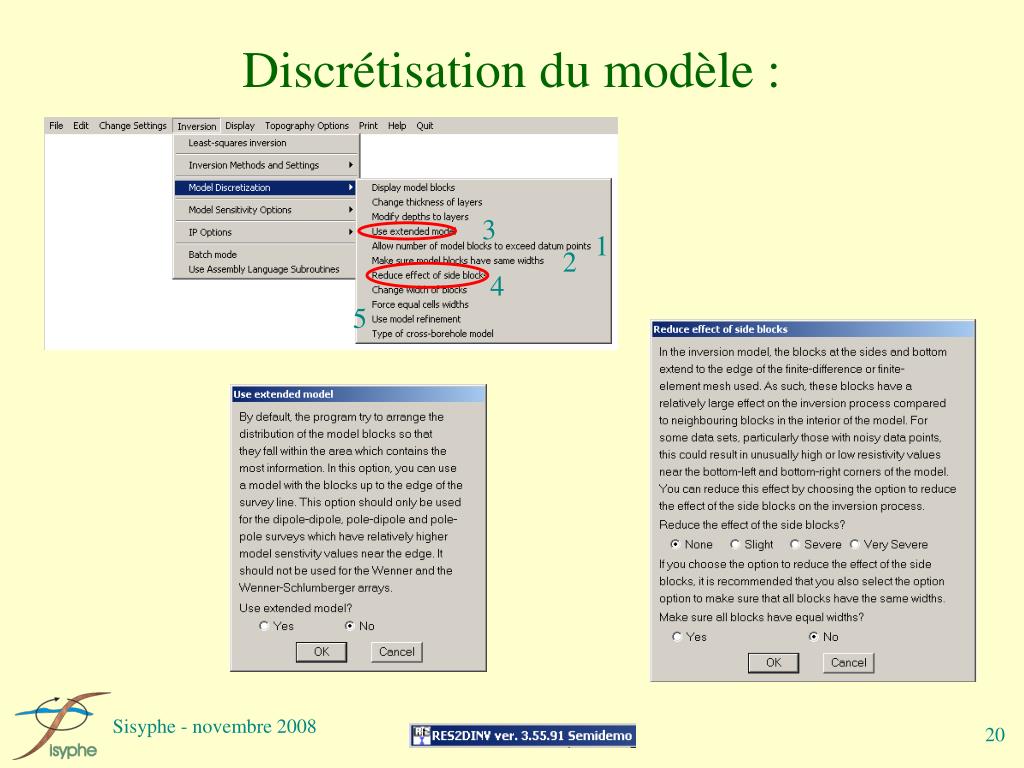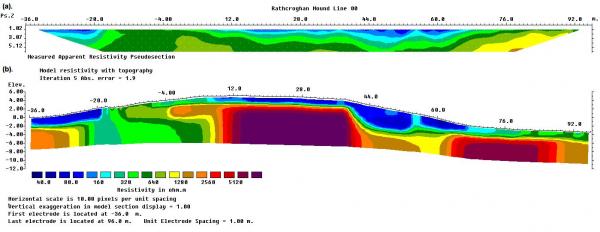

If there is a problem in running RES2DINV software, one possible cause is that the input data were arranged in a wrong format. The data are arranged in an ASCII delimited manner where a comma or blank space or LF/CR is used to separate different numerical data items. Some tips on using Windows Notepad for simple text file editing can be found here. You can use any general purpose text editor, such as the Windows Notepad program if you are creating the data file manually.

The apparent resistivity values (and IP) used by RES2DINV software are given in a text file with. Besides normal surveys carried out with the electrodes on the ground surface, the program also supports aquatic and cross-borehole surveys. You can process pseudo sections with up to 16000 electrode positions and 70000 data points at a single time on a computer with 4 gigabytes (GB) of RAM. In addition to these common arrays, the program even supports non-conventional arrays with an almost unlimited number of possible electrode configurations (Loke et al. RES2DINV program can be used for surveys using the Wenner, pole-pole, dipole-dipole, pole-dipole, Wenner-Schlumberger, gradient and equatorial dipole-dipole (rectangular) arrays. However, the program can also handle data sets with a non-uniform electrode spacing. The survey is usually carried out with a system where the electrodes are arranged along a line with a constant spacing between adjacent electrodes. This program is designed to invert large data sets (with about 200 to 100000 data points) collected with a system with a large number of electrodes (about 25 to 16000 electrodes). Many different multi-electrode systems have been developed over the past 15 years using different arrangements of the cables and measurement strategies (Loke, 2011). Formatting Array Input Data File in RES2DINV: surface electrodes for any geometryĮxample of electrodes arrangement and measurement sequence that can be used for a 2-D electrical imaging survey is shown on the left.


 0 kommentar(er)
0 kommentar(er)
